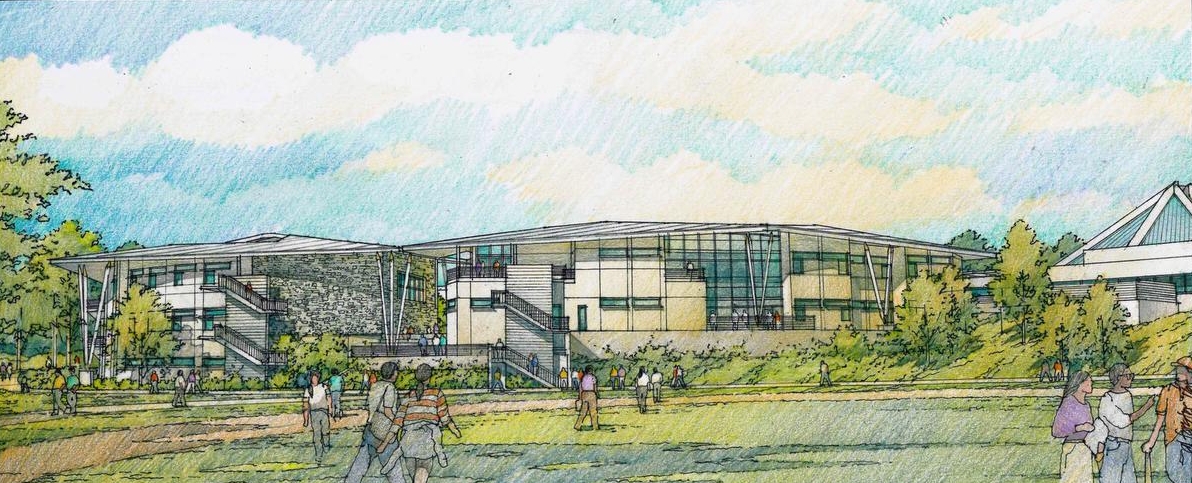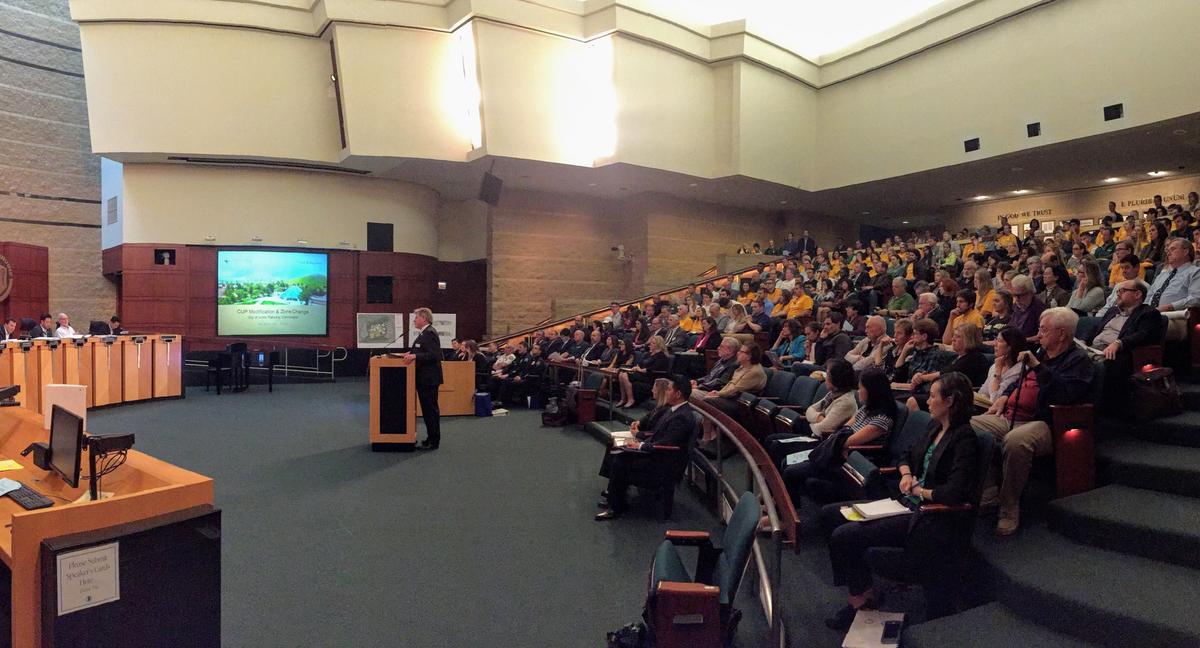Concordia University Irvine's $200 million renovation plan moves forward
IRVINE – Concordia University Irvine’s $200 million plan to renovate its campus took a big step forward.
The Irvine Planning Commission on Thursday, March 16, voted unanimously in favor of allowing Concordia to update its master plan, featuring a new music and worship center, a new science and nursing building, athletic field lighting and more.
Steve Mueller, dean of Christ College at Concordia, said his department works out of a building that used to be his dorm when he was a student there more than 30 years ago. The new worship center would provide his faculty with offices that are built to be offices, as well as state-of-the-art classrooms and collaborative space for students and teachers, he said.
“It’s a wonderful way to put us in the future ahead,” Mueller said.
The four-phase project will go to the City Council for final approval, though a date hasn’t been set yet.
The last time Concordia added a building, Grimm Hall, was 10 years ago, said Ronald Van Blarcom, Concordia’s general counsel and vice president. The improvements to the campus will help the private Lutheran university attract quality students and faculty, he said.
However, the required Planning Commission approval didn’t come easy, revealing the rocky relationships between the 40-year-old university and the surrounding communities.
During the five-hour hearing and discussion, residents voiced their concerns about the project’s impacts, especially on traffic. Hundreds of people supporting and opposing the project packed the City Council chamber.
One of the main issues of contention was a proposed traffic light at the Concordia and Ridgeline Drive intersection, one of the two entrances to the campus. Nearby Turtle Rock residents said the light, intended to help cars from the campus get on Ridgeline Drive, would cause delays for those driving on the thoroughfare to Interstate 405.
The Planning Commission removed the traffic light from the plan, for now, so the city’s newly formed Transportation Commission can review it.
Also, residents of Concordia East and Concordia West, located within the university’s gates, said they worried the renovations would bring more people and special events, causing traffic, noise, lights and other issues on the 70-acre campus.
The two communities were built in the 1990s after Concordia sold parts of its land on a hill overlooking Orange County to pay off debt.
The university and homeowners began discussing the project in 2013 and reached an agreement over the week leading up to Thursday’s meeting.
Concordia has eliminated some features, such as an aquatics center with an eight-lane Olympic pool and a three-story parking structure, from its original plan. The university will also limit the number of non-university events on campus.
“I think it’s a step in the right direction,” said Cristina Thomas, a board member of the Concordia West homeowners association. “Now I think we’ve got a good agreement moving forward.”
The university will demolish and replace several buildings. When fully built, the campus will have 321,220 square feet of building space and 330 dorm rooms, compared to the current 243,571 square feet and 256 dorm rooms.
The number of undergraduate students on campus is expected to grow from 1,600 this academic year to 1,800 by 2035, according to Concordia’s projection. Most of the graduate students take courses online or at satellite classrooms, Van Blarcom said.
The first phase of the project – including the Music, Worship & Theology Building, road improvements, parking lot expansion and NCAA-approved lighting – could break ground in May pending City Council approval, Van Blarcom said.
It’s expected to take 20 to 30 years to complete the whole project, he said.



